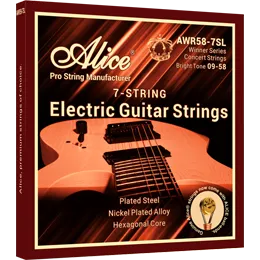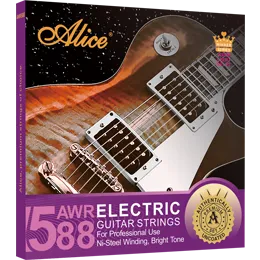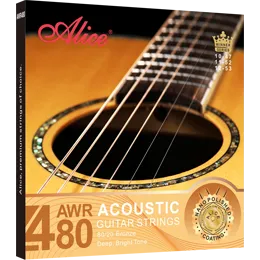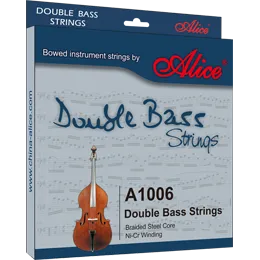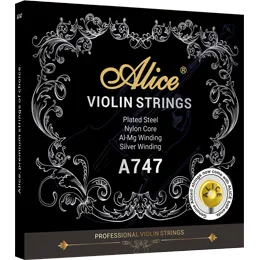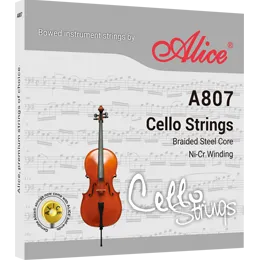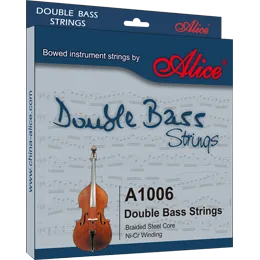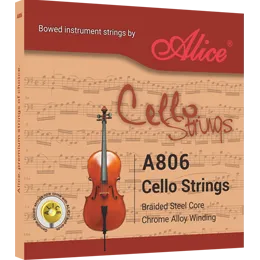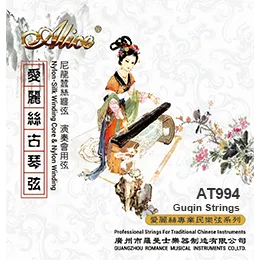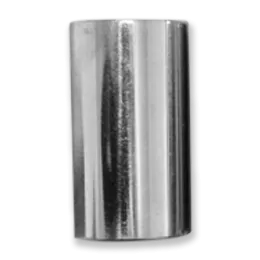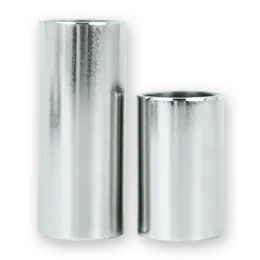Silk Strings, Steel Strings, and Nylon Strings: Which Is Best for Your Traditional Music Performance?
In the world of traditional and folk music, the choice of strings on your instrument is not merely a technical decision—it’s an artistic one. Whether you're playing a Chinese guzheng, a Western acoustic guitar, a pipa, or even an adapted folk arrangement on classical guitar, the type of string you use significantly affects tone, comfort, expression, and the cultural authenticity of your performance.
Among the many string options available, three dominate discussions around traditional and acoustic instruments: silk strings, steel strings, and nylon strings. Each has unique characteristics, strengths, and limitations. But which one is truly best for your playing style, musical tradition, and personal preference?
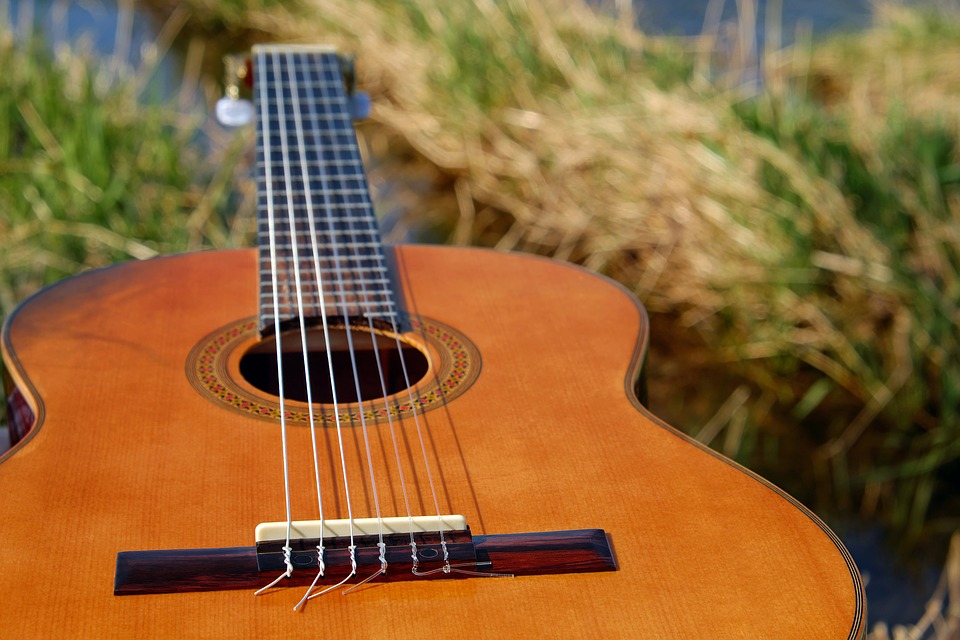
Silk Strings: Softness and Subtlety
Silk strings—traditionally made from real silk or now often silk-wrapped cores with metal windings—are renowned for their gentle, warm tone and lower tension. These strings are most famously used on ancient and traditional Chinese instruments such as the guqin, guzheng, or early versions of the pipa.
Tone and Feel:
Warm, mellow, and rounded sound
Lower volume but with expressive dynamics
Extremely smooth under the fingers, suitable for subtle finger slides and ornaments
Ideal For:
Traditional East Asian music
Meditative, poetic, or solo performance settings
Historical reenactments or period-accurate performances
Pros:
Authentic traditional sound
Less finger fatigue due to low tension
Excellent for delicate ornamentation
Cons:
Less projection compared to steel strings
Sensitive to humidity and wear
Often more expensive and harder to source
Verdict:
If you're performing historically-informed traditional music or want a gentle, expressive tone, silk strings may be the perfect choice. They won’t overpower, but they invite introspection and nuance—a beautiful complement to ancient melodies.
Steel Strings: Power and Precision
Steel strings are commonly found on modern acoustic guitars, mandolins, and even adapted Chinese instruments with Western string systems. They offer brightness, projection, and the kind of tension that supports fast, articulate playing.
Tone and Feel:
Bright, crisp, and penetrating sound
High volume and excellent sustain
Higher tension provides stronger attack and better projection
Ideal For:
Modern folk, bluegrass, and fusion styles
Outdoor or ensemble performances where projection matters
Players needing a more “modern” edge to traditional music
Pros:
Excellent clarity and power
Works well with dynamic playing and rhythmic patterns
Easily available in many brands and gauges
Cons:
Can be harsh on fingers, especially for beginners
Less subtlety in dynamics compared to silk or nylon
Might overpower soft vocals or delicate arrangements
Verdict:
Steel strings are your ally if your traditional music performance leans toward energy, rhythm, and clarity. Whether you’re strumming lively folk songs or playing modern interpretations of heritage music, steel provides cut-through tone and stability.
Nylon Strings: Flexibility and Comfort
Nylon strings, originally developed to replace gut strings on classical guitars, have found a place in many world and folk music traditions. They are now a mainstay on classical guitars, flamenco guitars, and certain hybrid instruments used for modern folk or world music.
Tone and Feel:
Warm, smooth, and rounded tone
Balanced between silk’s softness and steel’s brightness
Softer under the fingers with medium-low tension
Ideal For:
Classical and Latin folk music
Adapted traditional music for classical guitar
Players who prioritize comfort and tonal warmth
Pros:
Great for fingerstyle and expressive melodies
Widely available and affordable
Easy on the fingers—ideal for long playing sessions
Cons:
Less brightness and projection than steel
Some players find it too muted for ensemble use
Sensitive to tuning fluctuations with temperature
Verdict:
Nylon strings are a great middle ground—perfect for players transitioning between styles or adapting traditional music to modern settings. If you play in solo settings or small groups and want rich tone with comfort, nylon strings won’t disappoint.
Choosing Based on Genre and Instrument
Music Style | Best String Type |
Traditional Chinese music (guqin, guzheng) | Silk (or synthetic silk alternatives) |
Western folk or bluegrass | Steel |
Classical guitar adaptations of folk music | Nylon |
Contemporary fusion of East and West | Nylon or Steel |
Intimate solo performance | Silk or Nylon |
Outdoor or amplified settings | Steel |
Tip: Always match the instrument’s build and tension tolerance to the string type. Some older or traditional instruments may not handle the tension of steel strings.
Final Thoughts: Let Tone Guide You
Your choice of strings should reflect not only the genre you play but also your technique, expression style, and audience setting. Silk strings whisper with history. Steel strings shout with confidence. Nylon strings sing with balance and warmth.
Try them all if you can. Feel how each responds to your fingers and your musical voice. Let the tone speak to you, and you’ll soon know which is right for your own interpretation of folk and traditional music.
Brought to you by Alice Strings — a trusted name in string craftsmanship offering a full range of silk, steel, and nylon strings for traditional and modern players alike. Whether you’re performing a centuries-old melody or writing new ones, Alice has the strings to bring your music to life.
Relate News
-
 When it comes to rock and blues, your guitar strings play a major role in defining your tone and playing feel. The right set of electric guitar strings can help you get closer to your signature sound. In this guide, we’ll look at five of the best electric guitar string types for rock and blues players, focusing on tone, playability, and durability.
When it comes to rock and blues, your guitar strings play a major role in defining your tone and playing feel. The right set of electric guitar strings can help you get closer to your signature sound. In this guide, we’ll look at five of the best electric guitar string types for rock and blues players, focusing on tone, playability, and durability. -

How to Choose the Right Guitar Strings for Your Guitar
(Guide to Selecting the Perfect Strings for Acoustic, Electric, Classical, and Bass Guitars) Choosing the right guitar strings is one of the key steps to achieving your ideal tone and playing comfort. Whether you play acoustic, electric, classical, or bass guitar, the right string set can dramatically improve sound quality, tuning stability, and performance longevity. -

Nylon Strings for Classical Guitars: Everything You Need to Know
At the heart of a classical guitar’s unique voice lies its nylon strings, which directly influence tone, playability, and overall musical experience. For musicians, retailers, and distributors, understanding the nuances of nylon strings is essential for making informed choices that meet performance and commercial needs. -

5 Key Indicators to Identify High-Quality Acoustic Guitar Strings
Acoustic guitar strings may look simple, but the difference between average and high-quality strings can be heard and felt immediately. Whether you are a professional performer, a studio musician, or a passionate hobbyist, learning how to recognize the hallmarks of premium acoustic guitar strings will help you achieve better sound, protect your instrument, and improve your playing experience. -
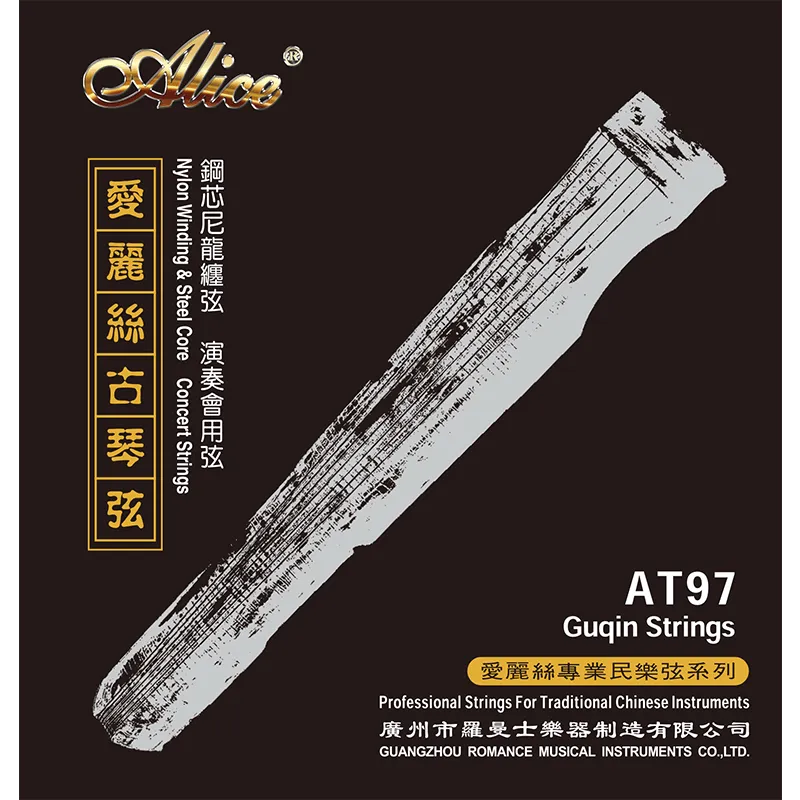
What Are Guqin Strings Made Of?
At the heart of the guqin’s unique voice lies one essential element: its strings. To the untrained eye, guqin strings may seem like simple cords stretched across wood. But in reality, they are complex, delicately crafted components that greatly influence the tone, resonance, tension, and even the historical authenticity of the instrument. -
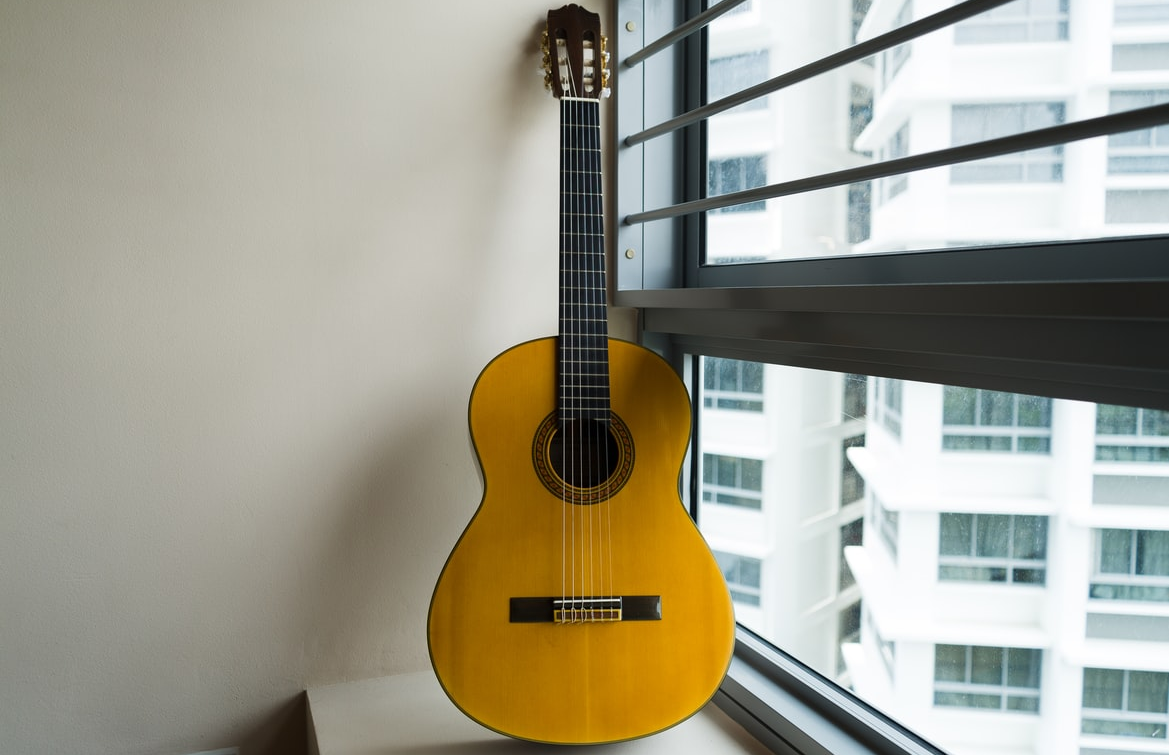
Complete Guide to Guitar String Materials
Choosing the right guitar strings is one of the most important decisions a guitarist can make—yet it's often overlooked. Beyond string gauge or brand, the material of the strings plays a crucial role in shaping the tone, feel, and even longevity of your instrument. Whether you play acoustic, electric, or classical guitar, understanding the different types of string materials can help you find the sound and feel that best matches your playing style. -

Orchestral Strings Explained: A Beginner-Friendly Guide to Violin, Viola, Cello, and Double Bass
Alice Strings is a trusted global brand offering a full range of high-quality strings for orchestral instruments, including violins, violas, cellos, and double basses. -

Tone Comparison of Brass Alloy, Phosphor Bronze, and Coated Guitar Strings
Alice Strings is a trusted global brand in the world of musical accessories, offering a wide range of acoustic guitar strings, including 80/20 bronze, phosphor bronze, and coated variants. -

How to Choose the Right Guitar Strings for Your Performance: A Scenario-Based Buying Guide
Alice Strings is a leading name in the world of musical accessories, offering a wide range of guitar strings tailored for every performance setting. Whether you're gearing up for a rock concert, playing unplugged in an acoustic café, or performing classical masterpieces on stage, Alice provides high-quality strings that deliver consistency, durability, and exceptional tone. -
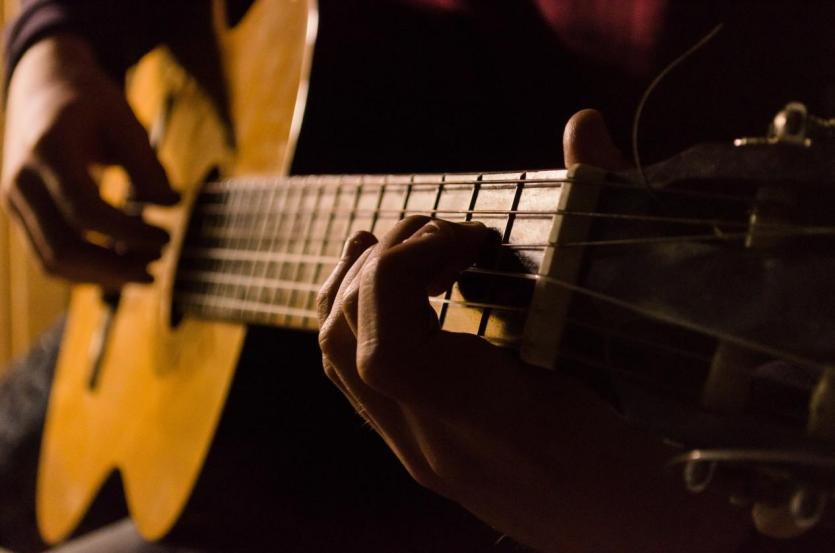
OEM Guitar String Customization: A Detailed Guide to the Process
In today’s competitive musical instrument market, more brands and retailers are turning to OEM (Original Equipment Manufacturer) guitar strings to offer products under their own names. Whether you’re a startup music brand, a professional luthier, or a well-established music store chain, OEM customization allows you to tailor your guitar strings to meet the specific needs of your customers while building brand identity. -
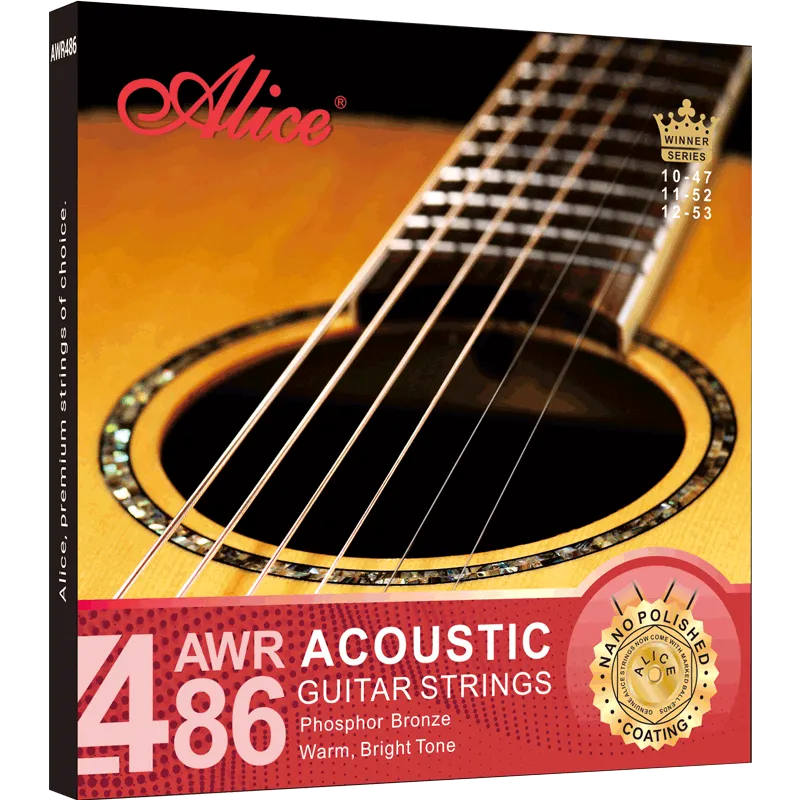
Copper Alloy vs Phosphor Bronze: Which Acoustic Guitar Strings Suit You Best?
When it comes to acoustic guitar strings, the material used for the winding plays a critical role in shaping the tone, playability, and overall experience of the instrument. Among the most popular string materials in the market, copper alloy and phosphor bronze stand out for their distinct tonal characteristics and performance advantages. -
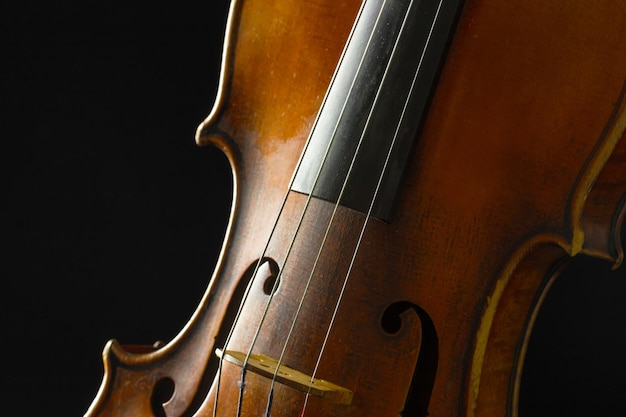
Cello Plucking: Can You Pluck a Cello with Your Fingers? How-To And Tips




